
Jury, who graduated in fine arts from the University of Houston-Clear Lake in 2014, has been published in over 130 magazines from all over the world. Her art has appeared in The Tishman Review, Amsterdam Quarterly, The Menteur, The Manhattanville Review, and Blue Mesa Review, among others.
When she is not creating art, Jury enjoys hiking in the picturesque terrain of Arizona, which is also where she lives.
Atrayee Guha: When and how did your journey as an artist begin?
Jury S. Judge: I have been an artist for as long as I can remember. My Mom shared an anecdote with me about how my artistry began. When I was less than a year old, my mom was sewing, and I had grabbed a thimble and placed it on a broken piece of crayon and said “mushroom”. She realized from that moment on that I was innately creative. Ever since I had the motor skills to pick up a drawing implement, I was drawing. I was not particularly enthusiastic about coloring books as I would prefer to draw my own subject matter. Even as a young child, I loved reading art history textbooks and became fluent in the canon of art history. My learning style has always been autodidactic, even though my formal education is in the study of art and design.
AG: Your art has a wide range; you draw cartoons, take photographs, and write too. What inspires you to experiment with so many forms? Do you have a favorite form of expression?
JSJ: My interaction with different mediums typically began with experimentation, but I am never content until experimentation becomes mastery. What ends up in the composition is deliberate, even if it appears spontaneous.
Writing is a process that comes naturally to me. Once the dialogue between characters plays in my mind, I have to write it down immediately or else I am afraid I would lose it. Subsequently, the characters and their unique voices develop, so I follow them rather than directing and shaping their identity in my work. Bringing a character from concept to fruition is a unique thrill that I value as a writer. I am not one to state that writing fiction and poetry is difficult, because even though it is time-consuming and valuable work, I find it enjoyable.
I do not have a favorite means of expression, as they all have their place and purpose in my creativity at different times. I have worked on wide range of commissions such as children’s book illustrations, advertisements, logos, and fine art pieces.
AG: We know you currently live in Arizona. Does the physical landscape around you influence your work in any way? If so, how?
JSJ: Although I had a wonderful childhood growing up in Texas, and it heavily influenced my earlier work, I love living in Arizona. I find the ecosystems beautifully diverse, from ponderosa forests, extinct cinder cone volcanoes, towering red rock cliffs, vibrantly colored badlands, and deserts populated with saguaro cacti. Hiking in these incredible environments has definitely affected my work. My surreal work is often rooted in my experiences in unique places shaped by the forces of nature. I feel surrealism is not an opposite of realism because it is an augmented realism.
For example, “Flagstaff Inspiration” is based on my numerous experiences hiking on Observatory Mesa (the site of Lowell Observatory). A raven and an Abert’s squirrel are situated at opposite ends of the piece because they are competitors for the same resources. The acorns were inspired by Gambel oak trees, which are common in Northern Arizona. The cannibalistic fish emerging from the earth symbolizes water’s scarcity and its cyclical processes.
AG: Nature, and flowers in particular, seems to be the central idea in most of your photographs. Can you tell us why?
JSJ: I find flowers to be wonderful subjects for macro photography because there is a plethora of variations in colors, shapes, and textures. Flowers often serve as a symbolic means through which I communicate an idea or tell a story. For example, my piece “Lethal Shards in the Bindle”, is about the deleterious effects of methamphetamine use on the health of both individuals and communities. The sharp angles of the dying flowers are jagged and unwelcoming like crystalline shards. The background I used is a plastic bag, a common packaging material for “bindles” containing small quantities of methamphetamine.
AG: Can you tell us a bit about your process? What according to you, is the greatest challenge for a photographer?
JSJ: How my day unfolds and how I grow and change as a person affects my process. Curiosity is also an important part of my process because it sparks new ideas and concepts. Ideas easily come to me, so I have never had to search for ideas or inspiration. My visual art and writing flows from an authentic part of my creativity, it is natural, not something that I have to force. I am highly focused and detail-oriented and believe that it is better to have a few great works than many average ones. I strongly believe my visual works and writings should reflect both the time and craftsmanship that I invested into them. While I have a passion for creating, it should be noted that the creation of art is hard work and requires dedication and persistence.
As far as challenges of photography are concerned, I feel lighting could be either a friend or foe. It can beautifully illuminate a subject or overwhelm it. An inadequate amount of light can make a scene too dull, and a tripod would be necessary for the slower shutter speed that dark scenes necessitate. If I am shooting outdoors, weather can sometimes be a contentious element. However, conditions that may seem adverse at first can potentially present wonderful creative opportunities because adaptation lends itself to interesting, unexpected results.
AG: What details do you focus on while photographing your subjects? How do you approach light and color?
JSJ: I like to focus on the lovely, delicate little details of smaller subjects. Small, often overlooked elements such as pollen grains and life-giving veins are a delight for me to capture. In regard to landscape or self-portrait photography, I use light and color to create an ambiance.
My approach to light and color depends on the situation, as my style is variable. I love being bold in my color choices and creating a mood in my pieces. However, I am unafraid of the stark simplicity of black and white photography and neutral tones.
AG: As a photographer, what is your take on positioning? How do you choose between installation versus outdoor photography?
JSJ: In relation to photography, my positioning depends on the situation. I typically get close to smaller subjects and photograph them from several angles and perspectives. With outdoor photography, I generally prefer to shoot from a lower level or eye level. With installation photography, there is more control over the outcome.
AG: Has the ongoing pandemic altered or influenced your art or the way you work? If so, how?
JSJ: Even though I have a full-time career aside from my own creative pursuits, I have stayed close to home when possible during these unusual times, so I have not done as much landscape photography. But other than that, my work has not changed. I am concerned for the well-being of humanity and wish that these current circumstances will end soon.

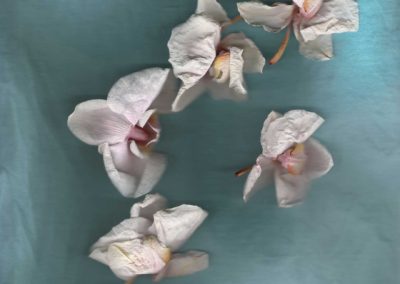
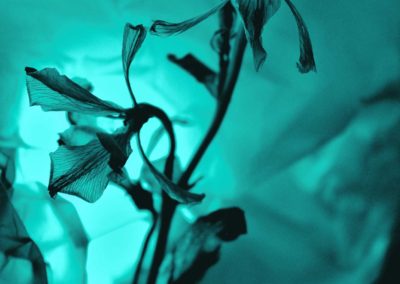
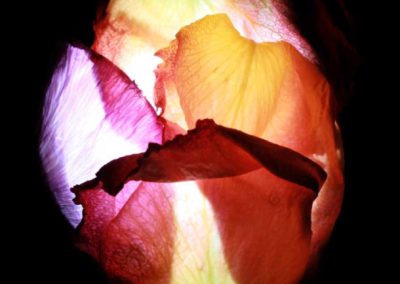
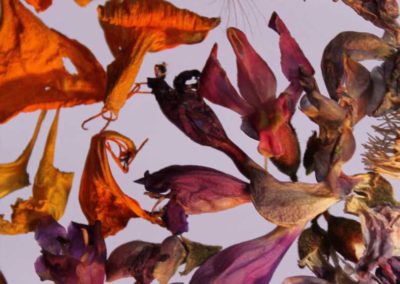
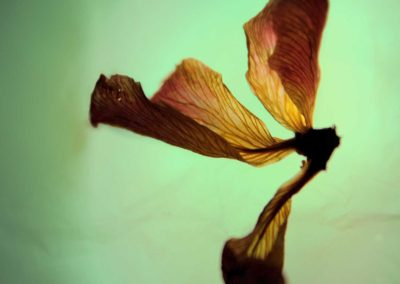
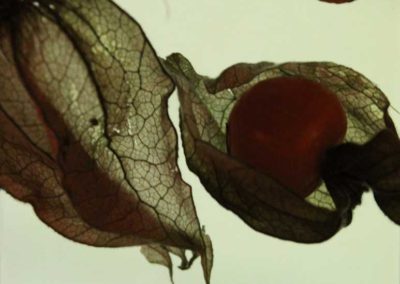
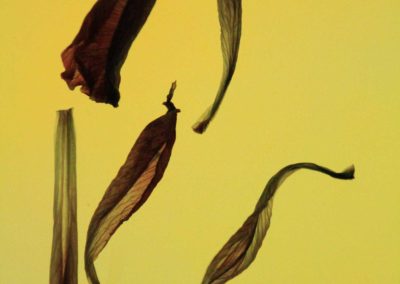
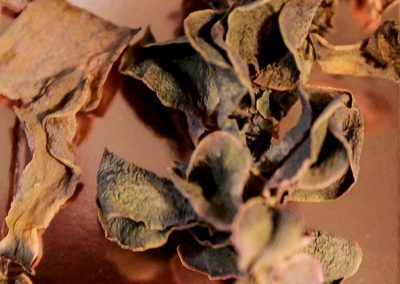
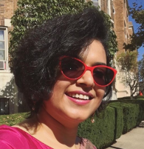
























Wonderful interview featuring a very talented young woman!